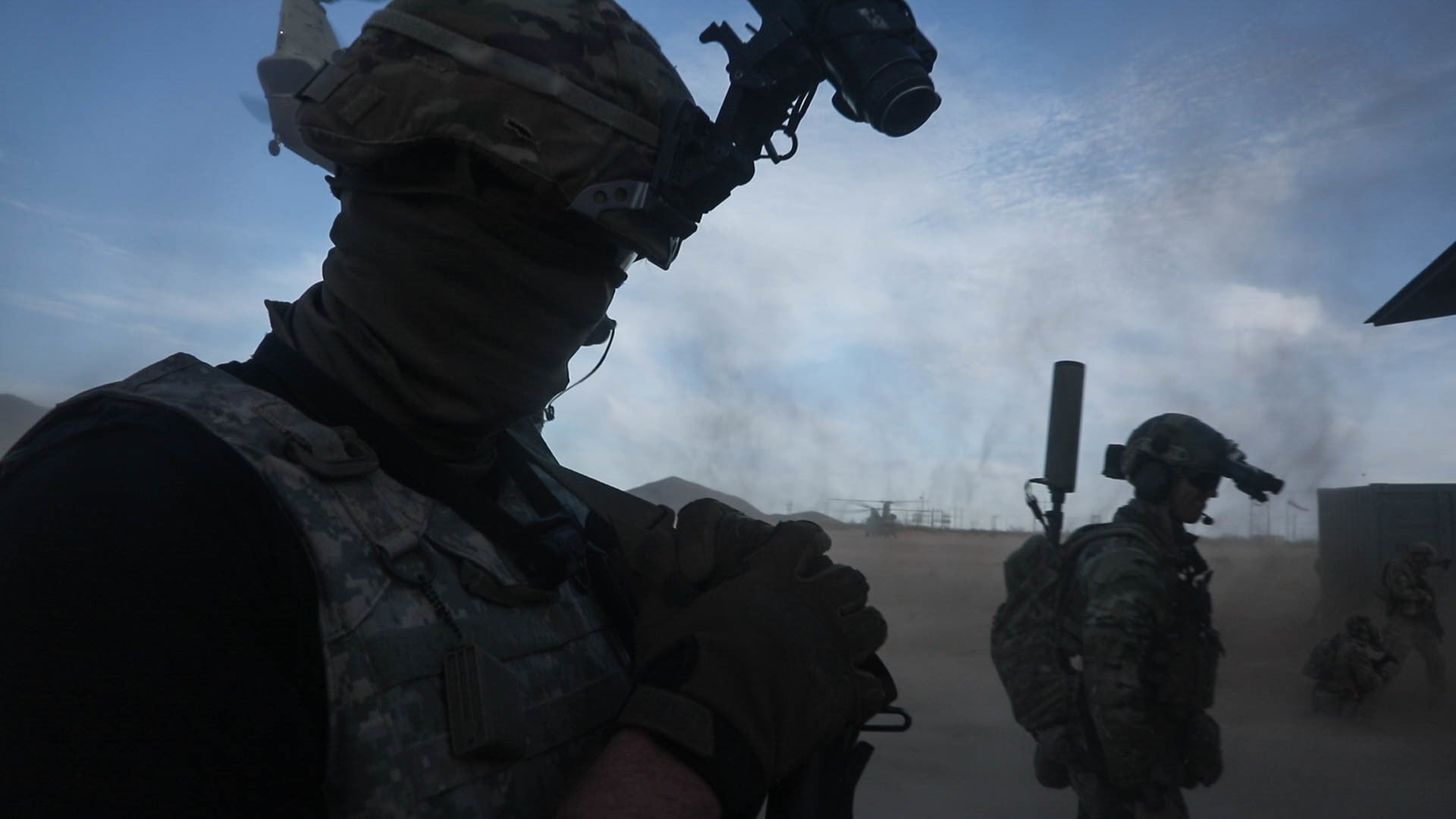The Army’s special operations forces have expanded their training footprint in southern New Mexico, opening a new training and testing facility at White Sands Missile Range, Army officials announced.
The new Special Operations Forces - Training and Experimentation Center, or SOF-TEC, was activated March 8. SOF-TEC is a directorate of 1st Special Forces Command.
The new center aims to be “the premier irregular warfare, training and experimentation venue,” explained its inaugural director, Col. Theo Unbehagen, in a podcast.
White Sands Missile Range, which is located about 100 miles north of Fort Bliss, Texas, was selected for the new center because of its proximity to existing special operations training sites and the area’s ability to allow training in all domains — from subterranean to space.
The base’s commander, Brig. Gen. Eric Little, explained at the ceremony that troops at White Sands “can do things here...that cannot be done anywhere else.”
That’s because the military directs and manages the airspace over the installation, explained Sgt. Maj. Gregg Kibbee, a senior operations NCO for the command, in the podcast. That allows for training opportunities that haven’t been achieved at scale before.
“In Fort Bragg, I can camouflage to try to hide from being seen by guys on the ground,” explained Chief Warrant Officer 5 Scott Gronowski, 1st Special Forces Command’s top warrant officer. “But here [at SOF-TEC]...I have to figure out how am I going to hide my heat signature? How am I going to hide my electromagnetic signature?”
According to Kibbee, the Fort Bliss area has also long been home to Army SOF pre-mission training exercises, meaning that the new training center has a head start on relationships with local, state and federal agencies, as well as equipment and infrastructure already in place.
When you factor in existing technology testing infrastructure at White Sands, Unbehagen explained, that makes the area the perfect location for everything from experimentation, to testing and fielding new weapons, to full-scale realistic military training scenarios. Kibbee called the area “the perfect storm for a training center.”
And the focus on special operations-specific training, Unbehagen said, will allow the Army’s elite troops to hit training objectives that might not be possible when SOF are attached to conventional combat training center rotations as supporting forces. That will let “three to four” times more troops train at a time, said Gronowski.
Kibbee also hopes SOF-TEC can help the service’s special operators break away from “the Afghan village [training] scenario” and use the region’s 2 million acres of training land, which includes access to population centers like El Paso and Las Cruces, New Mexico, for low-visibility training events. That will allow for more focus on irregular warfare techniques that are often rushed in conventional CTC rotations.
“Most of the things that we’re trying to get after — especially in competition — are [short of] large-scale combat operations,” the NCO said. “[SOF-TEC] prolongs that time and allows them to really get after experimenting with new operational design, trying to do new things [and] equipment...and execute them over weeks.”
Davis Winkie covers the Army for Military Times. He studied history at Vanderbilt and UNC-Chapel Hill, and served five years in the Army Guard. His investigations earned the Society of Professional Journalists' 2023 Sunshine Award and consecutive Military Reporters and Editors honors, among others. Davis was also a 2022 Livingston Awards finalist.




